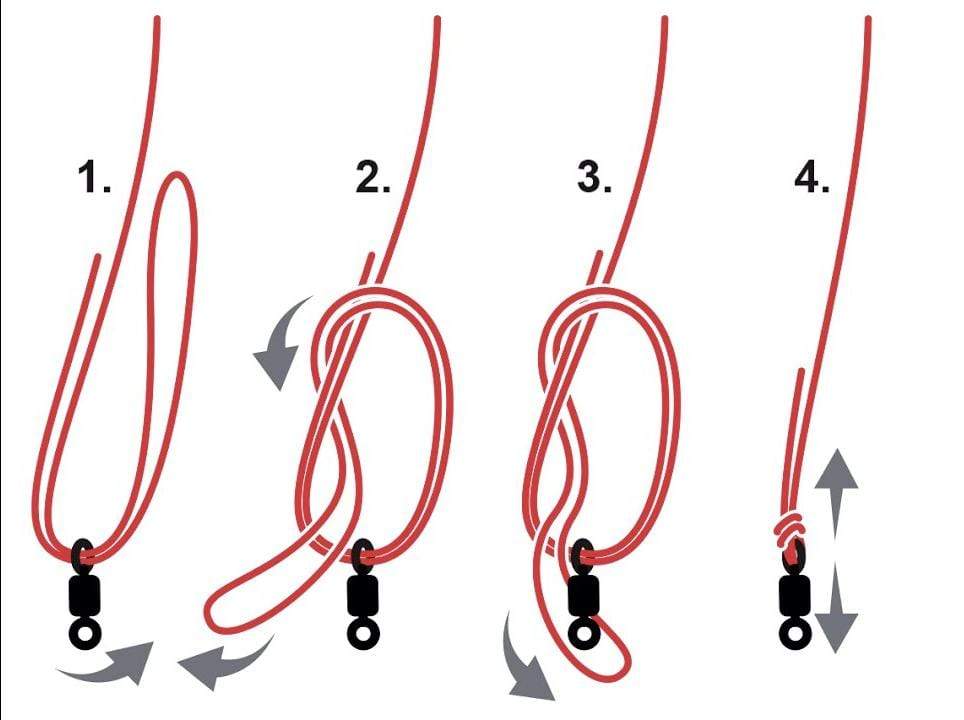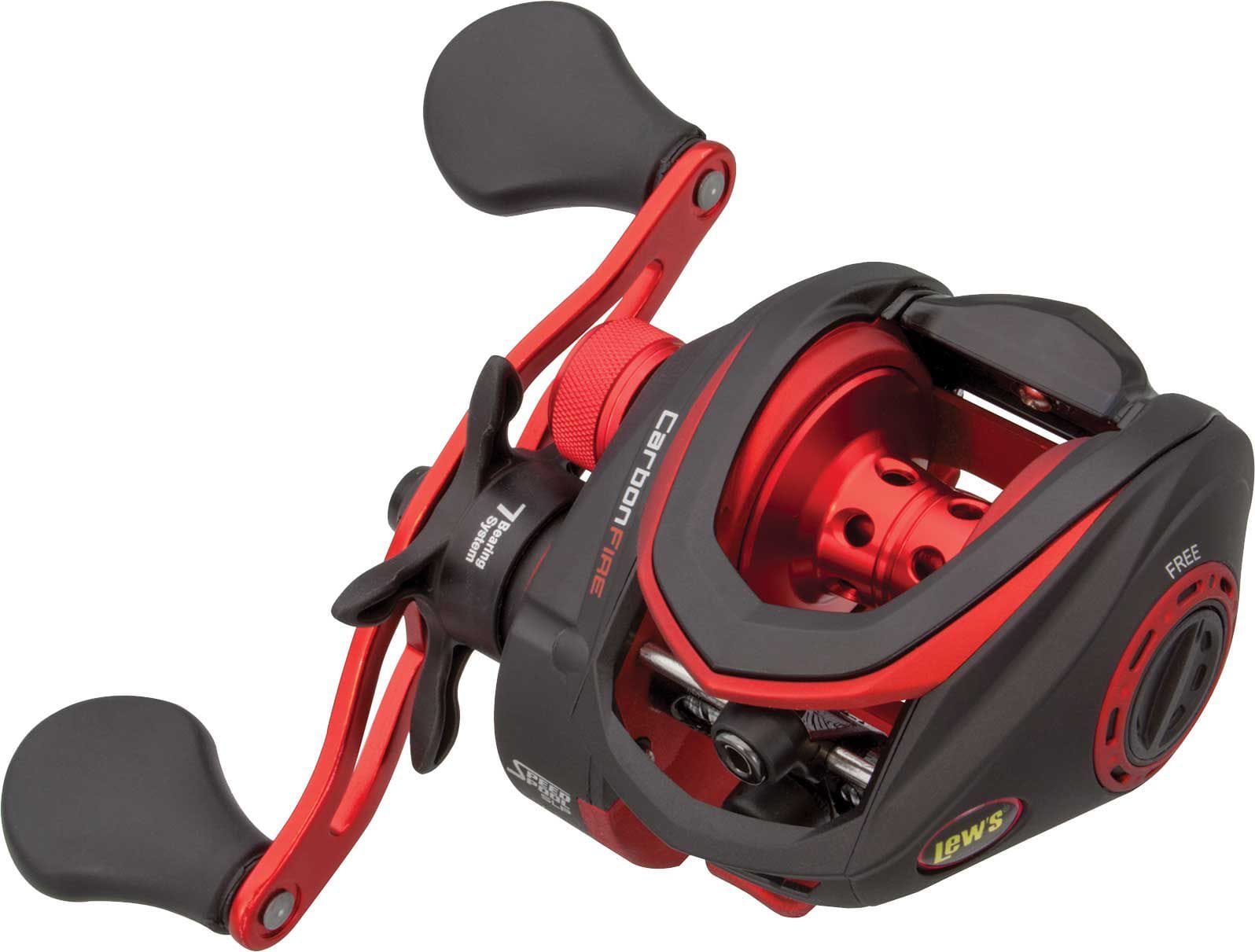
Knowledge of fishing knots and where they may be best utilized is still one of the most useful skill sets for fisherman, even with today’s modern fishing lines. Whether dropping, casting or truly any fishing, the right knowledge of fishing knots is a powerful weapon for your arsenal.
The Palomar Knot is a relatively simple and straightforward knot that can be relied upon in incredibly tough situations. It is a favorite among all levels of fisherman to secure hooks, lures, swivels, and snaps to the end of their lines - or a fly to a leader or tippet.
The knot doubles the line around the areas that come under the most strain giving it much added strength. Tying this knot wrong though can often lead to cutting your line. To help you avoid such issues we have put together this quick guide to understanding and master this simple but effective fishing knot.
A Palomar FIshing Knot can be tied in 5 easy steps. It is important you pay attention to the common missteps involves in this knot to avoid potential issues down the road.
Steps to Tying a Palomar Fishing Knot
Step 1: Grab a Couple Feet of Line of a Spool and Make a Loop
Grab about 1 to 2 feet of line and double it up in order to form a loop, leaving a foot or so of excess line
Warning: Be careful not to kink the line in the bend, this can lead to a weakening of the knot.
Step 2: Pass the Loop Through Eyelet of the Hook
Run the loop through the eyelet of your hook, jig or swivel.
Tip: For small hook eyes you can pass the end of the line through the eye, then pass it through again from the opposite side to form the loop.
Step 3: Make a Fundamental Overhand Knot with the Loop
Tie a fairly loose overhand knot with the hook hanging loosely at the bottom, leaving a large loop. Avoid twisting the lines.
Step 4: Pull the Hook through the Created Loop
Run your hook through the loop and then moisten the leader material so that you can pull your knot tight.
i.e.
Pass loop of line over the hook. Slide loop above the eye of the hook. Allow the knot to slide down, and pull tight. As you draw both lines tight, you should see a secure Palomar Knot form.
Step 5: Trim the Excess Tag
Trim your tag ends as necessary for a sharp but strong fishing knot.

Mistakes that often cause failure:
If you kink the line, or cross the lines while tying this fishing knot, you may have severely limited the strength of your line. If not, you should never have an issue. Give yourself an adequate amount of time to practice this knot.
Be sure that when you pass the hook or lure through the loop that all parts of the knot cinch up together. Some versions of this knot show the loop part of the knot at the bottom of the hook or lure's eye. The knot may fail if tied this way.
Why Use a Palomar Fishing Knot?
When done correctly the Palomar knot comes close to being 100% reliable and is especially useful with braided fishing line and for drop shotting. It is an easy knot to tie without risking any significant missteps, reducing the risk of failure due to human error.
You will often find the Palomar knot on top ten lists for most commonly suggested and favorite knots for both fishing and a series of other applications. While it is not suitable for every situation, it is undoubtedly one you may find yourself using each and every trip.
The Palomar knot is known for its strength and is one of the most reliable knots in fishing. Its power comes from how it is tied, with the fishing line passing through the hook or lure's eye twice. This double line creates a stronger hold on the hook or lure, which helps to prevent it from slipping or coming loose.
According to various tests, the Palomar knot has a higher breaking strength than other knots. For example, in a test conducted by the fishing line company Berkley, the Palomar knot had an average breaking strength of 95% of the fishing line's rated breaking strength. If the fishing line had a rated strength of 10 pounds, the Palomar knot could hold up to 9.5 pounds before breaking.
In comparison, other knots, such as the improved clinch knot, the uni knot, and the blood knot, had lower breaking strengths. In the same test conducted by Berkley, the improved clinch knot had an average breaking power of 78%, the uni knot had an average breaking strength of 75%, and the blood knot had an average breaking strength of 60%.
It is important to note that the breaking strength of a knot can vary depending on various factors, such as the type of fishing line and how well the knot is tied. Therefore, it is essential to tie the knot properly to ensure maximum strength. Somebody can achieve this by following the proper steps for connecting the Palomar knot or any other fishing knot.
In conclusion, the Palomar knot is reliable for anglers of all creeds. Its double-line structure helps to create a firm hold on the hook or lure, which makes it less likely to slip or come loose. The Palomar knot has a higher breaking strength than other fishing knots, making it a popular choice among anglers. However, it is essential to note that the breaking strength of a knot can vary depending on various factors, and proper knot tying is necessary to ensure maximum power.
Do you want a simple visual tutorial on how to tie the Palomar knot? Watch this video for clarification and step by step instructions:
If you enjoyed this fishing knot tutorial, please share and subscribe to our mailing list. Salty Scales is dedicated to providing you with the best fishing gear and tips out there. If you have any questions, ideas or anything else, don’t hesitate to reach out to us here.





1 comment
ron
cool good
cool good